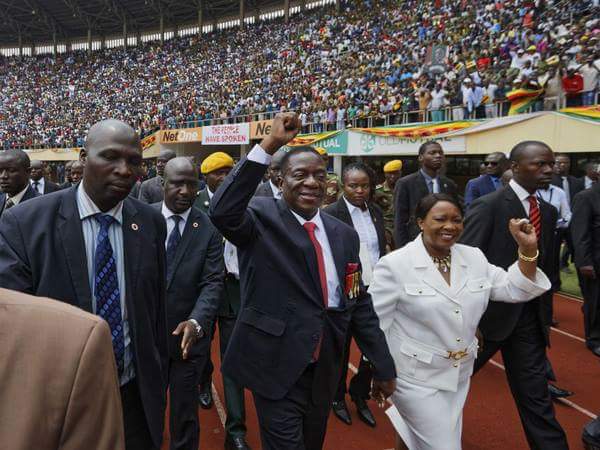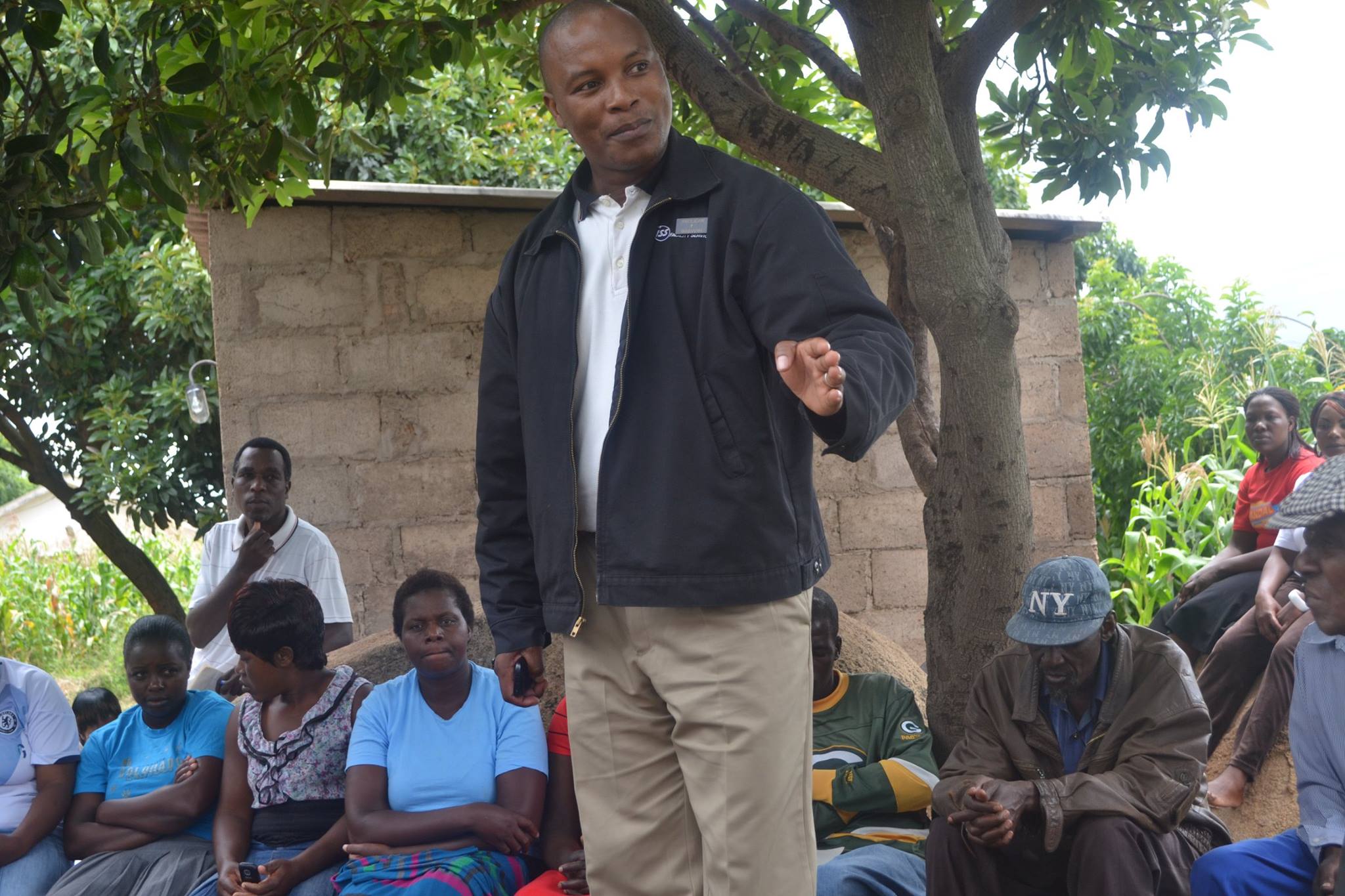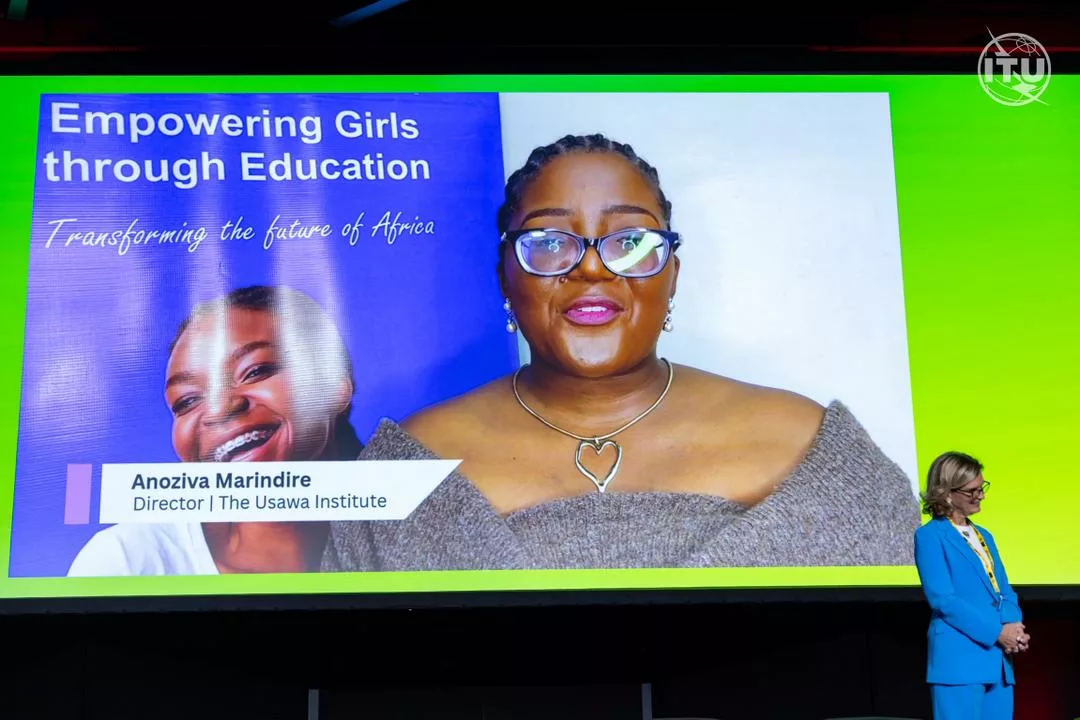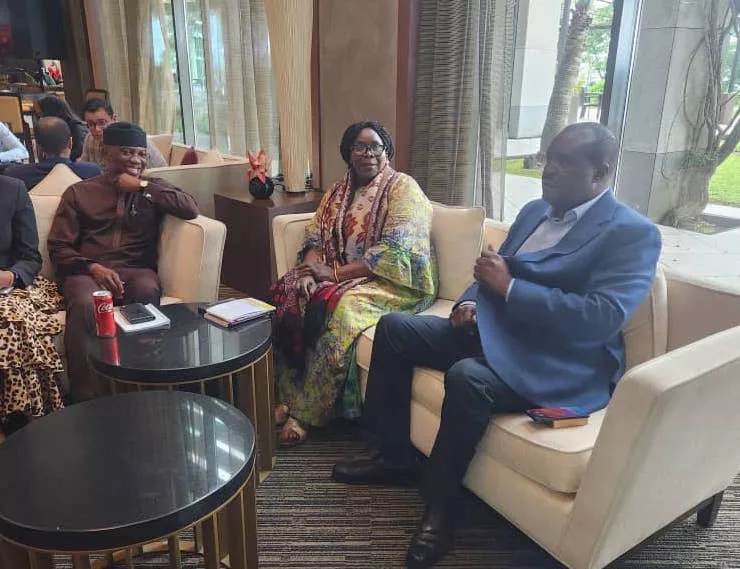By Eric M Moyo
I am now more than ready to vote, and now the wait seems like a long time. I left before I am ready to go and scribble what could be perhaps one of the most important Xs in my life on a ballot paper. Besides, when do I ever get to scribble the letter ‘X’ on its own without placing it in sentences.
I cannot adequately express how glad I am that my fellow age mates have registered to vote in numbers this time around, perhaps more than any other time in Zimbabwe’s elections history since the 1980 general elections. That sixty percent (60%) of the approximately 5.5 million registered voters are the youth tells a great story about the importance of the youth in these upcoming elections.
Now, contrasting the 1980 elections and the 2018 elections, it is clear that the high turnout of voters for the former was driven by a great euphoria and a determination to enter a very important new dispensation of majority rule. It is also because of these 1980 elections that the youth are able to exercise their right to vote this year. What then is the cause of a significantly huge increase in the turnout of the youth in registering to vote in the upcoming General Elections? Secondly; is the high number of registered youth voters going to translate to a high number of people who will actually vote when the ‘judgment day’ comes? Perhaps it will be premature to improvise an answer on the second question, which when scanned shallowly can seem to be pretty simple and obvious. It is the answer to the first question that will give weight and more significance to the second question.
Now, attending to the first question, according to my opinion, a number of factors led to the significant increase in the number of youths who registered to vote, and some of these factors are immeasurable while some are measurable. One most key factor which this high turnout can be attributed to, is the massive campaigns which took place countrywide in encouraging especially the youth to register to vote. These were most effective because of the Biometric Voter Registration (BVR) exercise which came with the ease of registering and hence encouraging first time voters who are mostly the Youth. Several Civil Society Organisations also took part in these voter registration campaigns and played a pivotal role in educating and reaching out to those youths who are in marginalised areas. An example of one such significant and very effective initiative is the Ballot-Buddies campaign which swept across many parts of the country in encouraging the Youth to vote.
The government cannot be left out as it has also played its own significant part in influencing the turnout of youth registrants. This, it did by supporting and promoting various platforms which provided education on voter registration. It was also the major provider of resources which made the process accessible.
Immeasurable factors also played a huge part in influencing the youth to register to vote. The coming in of the new dispensation ushered in high hopes and some sense of trust that the voting process wiil be fair and devoid of suspicious activities which were associated with the previous political dispensation. Generally, the low turnout of voters in the previous elections was a result of mistrusting the highly volatile electoral environment which was in place. Also, the shared sentiments of a desire for change in this country by the populace, especially the youth, has led to this significant increase in the number of youths who registered to vote. This is not to prescribe to the voters how the change will come, lest the reader might interpret this wrongly or juxtapose my statement as belonging to a partisan driven thinking. Anyways, this is not the scope of this article, and besides, change can be interpreted differently. However, I don’t think the most desired change of the economy has different interpretations, as the economic challenges faced by the youth are similar. It is these economic challenges which seem to have shaken the youths from their comfort zones and shepherded them to the various voter registration centres.
Well, now coming to the conclusion; the most pertinent question relates to whether the actual voting will match the high voter registration figures realised on the youth demographic. Only the ‘judgement day’ will tell. While vigorous voter registration campaigns were done throughout the BVR exercise, it is ultimately the registered voter who will decide to cast hers/his vote on the one-day long voting exercise. Many factors will determine the turnout of voters on this important day of exercising the voting right, and these will include; the conduciveness of the voting environment and the absence of violence. Above all the voters’ willingness to exercise their right on this day will be the most paramount factor.






